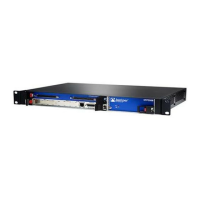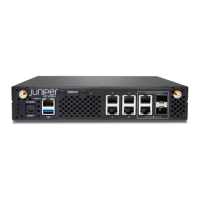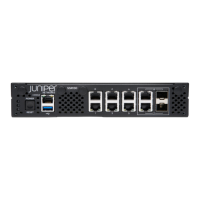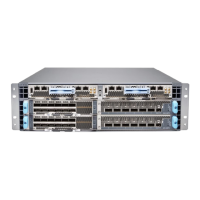•
Ensure that cable distance and rate limits meet IEEE-recommended maximum speeds
and distances for signaling purposes. For information about attenuation and power
loss in optical fiber cables see:
•
ANSI T1.646a-1997 Telecommunications – Broadband ISDN - Physical Layer
Specification for User-Network Interfaces Including DS1/ATM (1997)
•
ANSI T1.646-1995 Telecommunications – Broadband ISDN - Physical Layer
Specification for User-Network Interfaces Including DS1/ATM (1995)
•
Ensure that power cables deliver sufficient power to the device.
•
Attach laser fiber connectors only to Class 1 laser devices in accordance with IEC
60825-1, Safety of Laser Products - Part 1.
•
Route cables so that they do not restrict ventilation or airflow.
•
Route cables so that modules and field-replaceable units are easily accessible.
•
Route cables in a logical direction to prevent loss of connectivity to other equipment
in the rack, associated equipment in adjacent racks, or to the backbone network.
•
Consider using cable-management brackets to keep network cables untangled and
orderly and to prevent cables from hindering access to other slots.
For additional cable recommendations, consult the document GR-63–CORE: Network
Equipment Building System (NEBS) Requirements: Physical Protection, Issue 2, April 2002.
41Copyright © 2017, Juniper Networks, Inc.
Chapter 5: Equipment Rack Requirements

